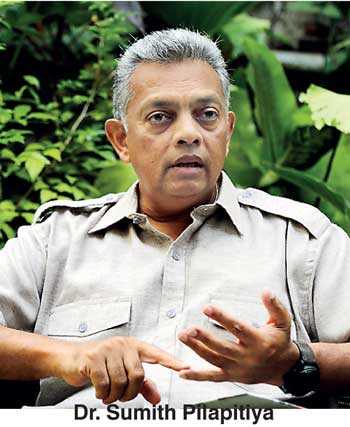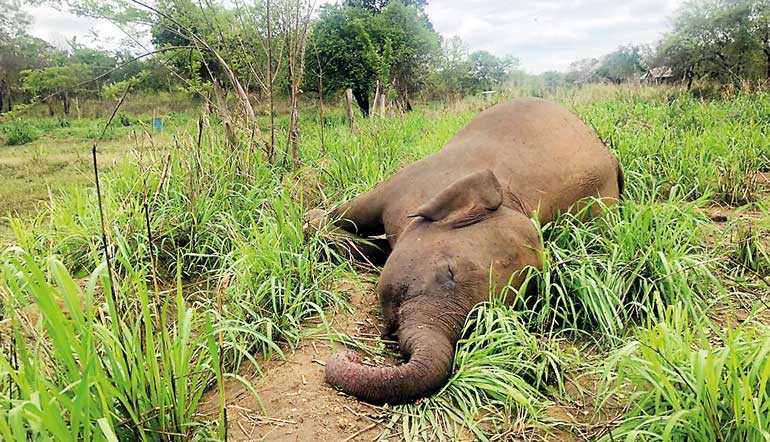Saturday Apr 20, 2024
Saturday Apr 20, 2024
Thursday, 18 October 2018 00:00 - - {{hitsCtrl.values.hits}}

Human-Elephant Conflict (HEC) management and whether Sri Lanka will learn from its past mistakes will be the focus of the Wildlife and Nature Protection Society’s (WNPS) monthly lecture today (18 October) at the Jasmine Hall BMICH starting at 6 p.m. The presenter will be Dr. Sumith Pilapitiya.
The WNPS Public Lecture is open to all members and non-members. Free entrance.
WNPS said elephant habitats are declining and the frequency and severity of the HEC is increasing, calling for alternative approaches to HEC management. Studies undertaken in Sri Lanka have shown that translocation and confinement are not a viable management strategy and jeopardise the survival of Sri Lanka’s elephants, both within and outside the PAs and with no long-term benefit for reducing HEC.
This is largely because restricting elephants to DWC Protected Areas (PAs) reduce their current habitat to about 30% of what they use at present. Most national parks are already at or even beyond carrying capacity and hold the maximum number of elephants they can support. Additionally, national parks are generally primary or mature forests providing only sub-optimal habitats for edge species, such as elephants.
Over two-thirds of elephants in Sri Lanka have home ranges that go beyond areas controlled by DWC. Research has shown that elephant drives that are conducted mainly in response to political and social pressures have failed to eliminate crop raiding elephants from the drive areas. While herds tend to be driven, the crop raiding males often remain behind. Communities have confirmed that the remaining males become more aggressive and develop into a bigger threat to people after such drives.
Construction of electric fences along the administrative boundaries of DWC PAs has failed to yield the expected outcome of HEC mitigation since DWC PAs are often surrounded by forest reserves which are sometimes better habitat for elephants than DWC PAs. Therefore, this results in fence breaking by elephants. Yet, we act as if we will never learn from our mistakes and continue with “business as usual”, while practical and implementable solutions to reduce HEC exists.
Dr. Sumith Pilapitiya has a PhD in Environmental Sciences from Rutgers University, in New Jersey. He joined the World Bank and was a Lead Environmental Specialist for the South Asia Environment and Natural Resources Unit of the Bank. He has lead Biodiversity and Wildlife Conservation Projects in South Asian countries, including a Regional Wildlife Project focusing on the conservation of flagship species such as the tiger, elephant, snow leopard and one-horned rhino in Bangladesh, Bhutan, and Nepal. He has worked on environmental institutional development projects, strengthening the institutional capacity of the relevant statutory conservation organisations, including the Department of Wildlife Conservation in Sri Lanka.
On retirement from the World Bank, Dr. Pilapitiya was briefly the Director General, Department of Wildlife Conservation before resigning from that post on matters of principle. He is a Consultant to the World Bank for its conservation projects in the South Asian region, including its ESCAMP project in Sri Lanka.
He has personal research interests in elephant conservation and addressing the human-elephant conflict, and has been working on elephant social behaviour in the Yala, Minneriya and Kaudulla National Parks and their surrounding landscapes.

Home damaged by an elephant

Elephant electrocuted by a live wire set up by a farmer